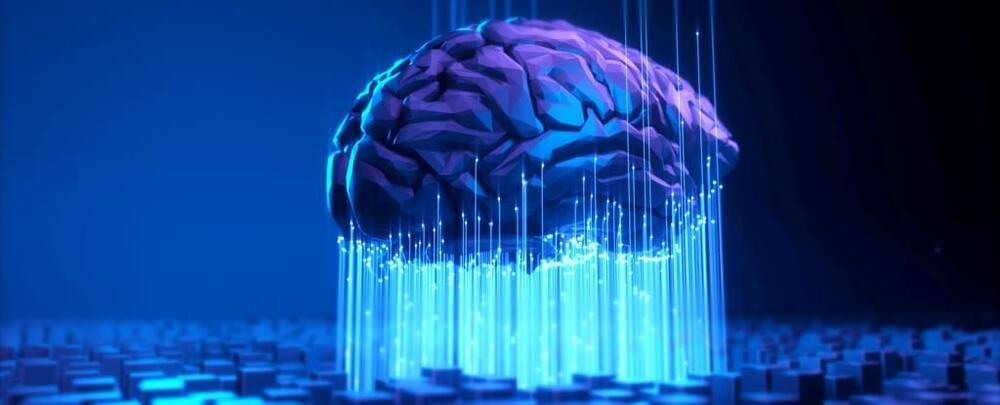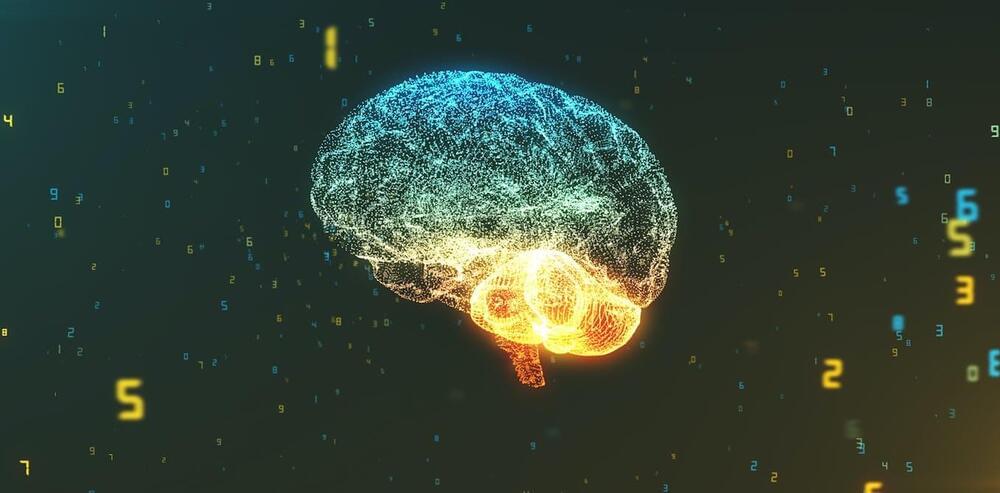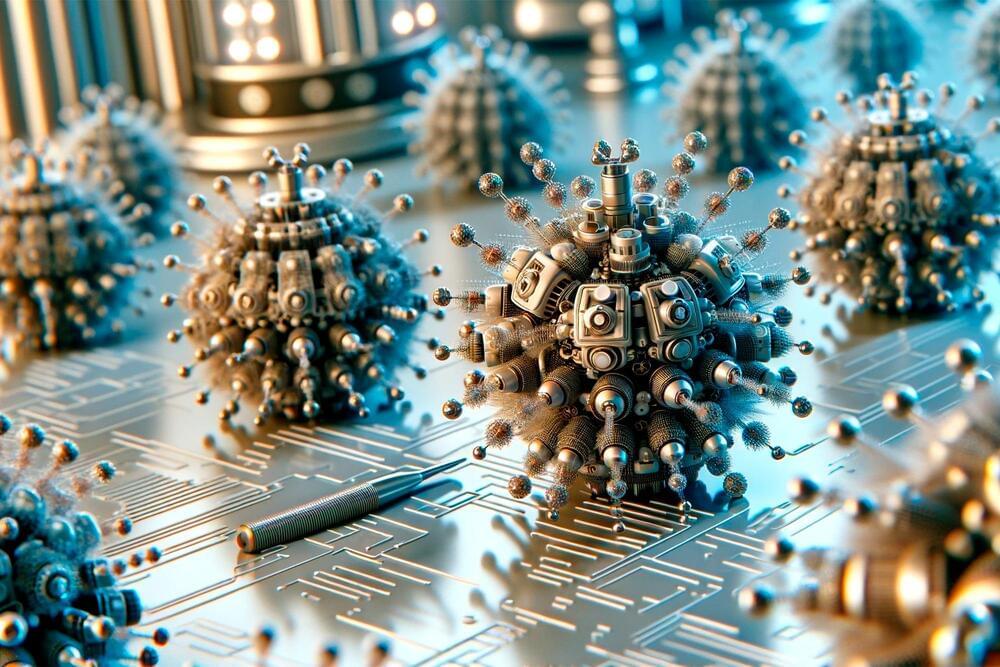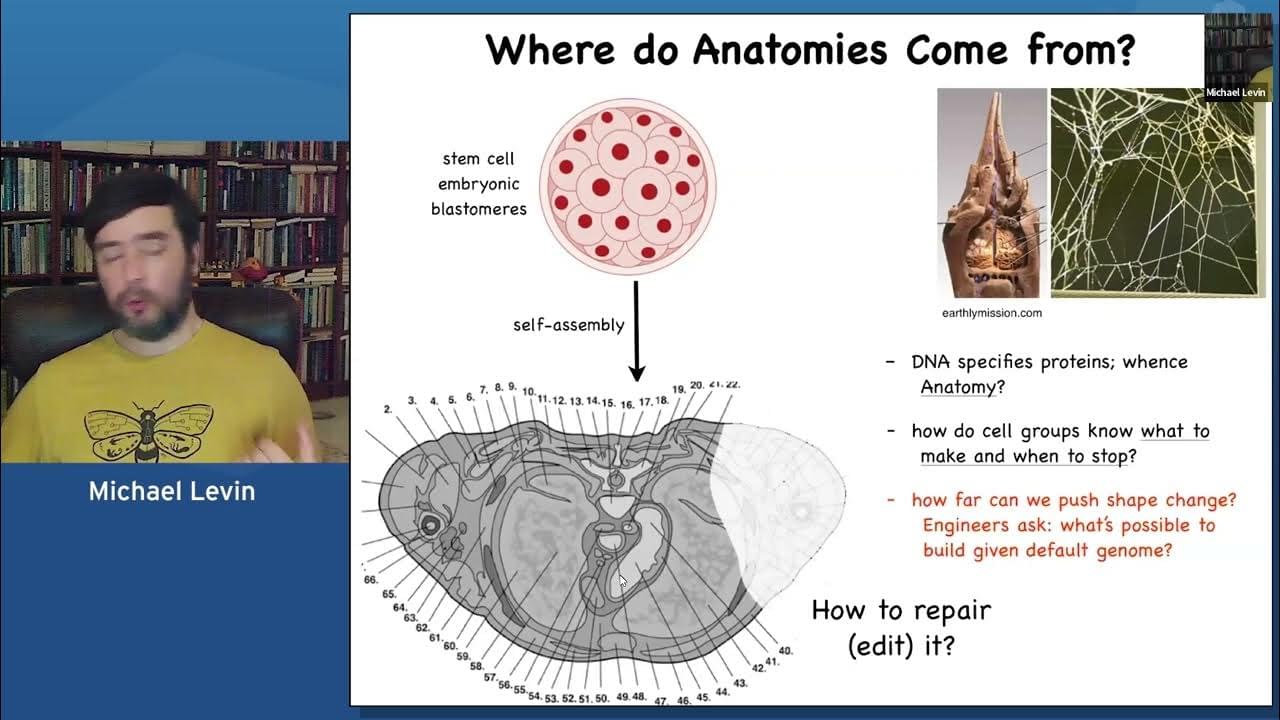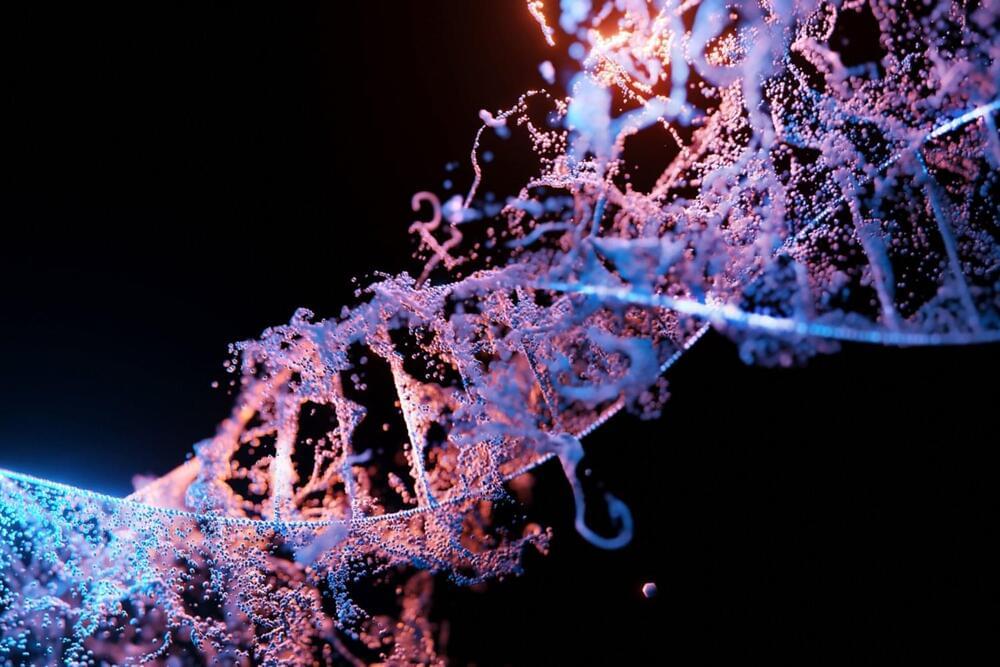Dec 8, 2023
How Do Women Compete For Partners?
Posted by Chris Smedley in categories: biological, sex
Joyce Benenson is a lecturer of Human Evolutionary Biology at Harvard University who’s research focuses on human social structures and sex differences in competition and cooperation. We’re often told that men are more competitive, more status-driven and more ruthless with rivals for potential mates. In reality doesn’t seem to be true, the difference is that women’s competition takes a more subtle, cynical and sophisticated route to drive away their competitors. Expect to learn how women compete for status, why women exclude more than men, why women who promote an egalitarian world are less charitable than you might think, how you can interfere with a rivals’ relationship without getting caught, the usefulness of gossip as an enforcement mechanism and much more…



